Read Our Blogs
The Southwest Virginia Museum Gardens
At just 1.5 acres, the Southwest Virginia Museum Historical State Park is the smallest of the 41 Virginia state parks, and the only one to consist primarily of a museum, but that doesn’t mean we don’t have several beautiful outdoor areas for visitors to enjoy as well!
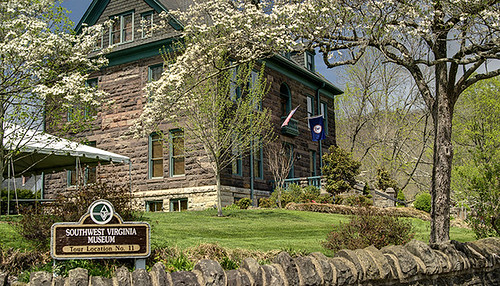
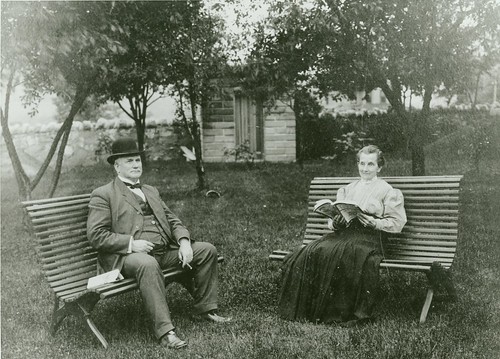
Inside the historic stone wall surrounding the museum building, we have a number of large trees that have stood for more than a century and may even have been planted during the time of the Ayers family, original owners of the c. 1895 house. Unfortunately, a tornado in 2008 brought down five of our largest trees, including a majestic Eastern Hemlock and Norway Spruce, and 2020 saw the loss of a Yellow Poplar and an old Ash tree. But there remains a sizable Yellow Poplar on the grounds as well as two huge ash trees that make the Victorian Garden a lovely shady place during the hot summer days.
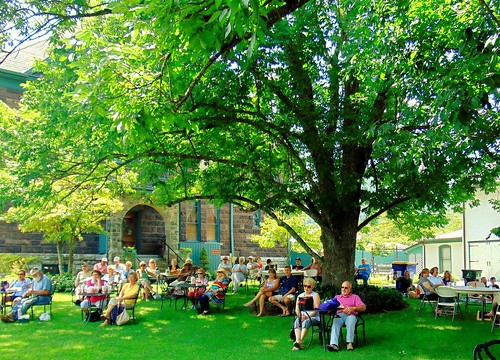
In the past couple of years, we have also been developing a wonderful pollinator garden along with our Friends group and the local garden club. Situated around the historic 101 train car, the gardens contain zinnia, butterfly weed, black-eyed susans, bee balm, coneflower and elderberry. Not only are these beautiful to look at, they are also very popular with insects in the spring and summer.
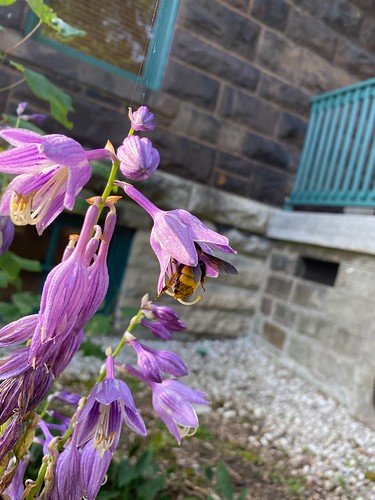
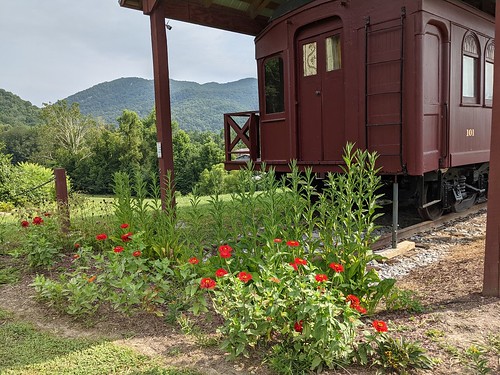
Some of our butterfly visitors include the pipevine swallowtail, spice bush swallowtail, Eastern tiger swallowtail (the state butterfly of Virginia!) and the zebra swallowtail. We’re also a designated Bird Sanctuary, which means the grounds provide welcome fresh water and native plants for the wide variety of birds we see year-round; our winterberry holly and viburnum both provide safe berries for migrating birds during the colder months. Cardinals, robins, blue jays and hummingbirds are common sights here.

Of course, being a history museum, a walk around our grounds would not be complete without some cool artifacts on display. Most impressive is our 101 train car, dating from 1870, which once belonged to the coal company president and used as his personal office car. There’s also an iron kettle from the 18th century that was used to boil seawater for salt; several building stones from the early Big Stone Gap Public School; and a bench made from a historic lintel used in a long-gone home. Visitors can also check out our Walk of Fame, which features important historical and cultural figures from Southwest Virginia.
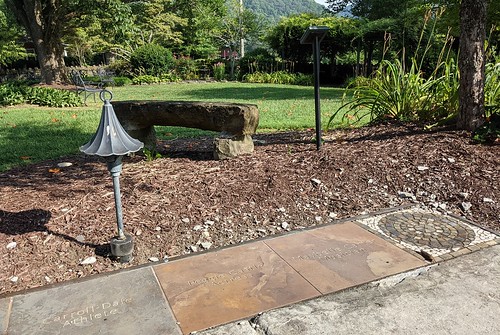
Our grounds are popular as a beautiful backdrop for special occasions and as just a place to relax on a lazy Saturday. We’re proud to serve as a gathering place for the community!
If you have read the article and have a question, please email nancy.heltman@dcr.virginia.gov.
Search for blogs
By Park
Categories
Cabins
Camping
Fishing
History and Culture
Other
Programs and Events
Trails
Volunteers
Water Fun
Archive
2025
2024
2023
2022
2021
2020
2019
2018
2017
2016
2015
2014
2012













